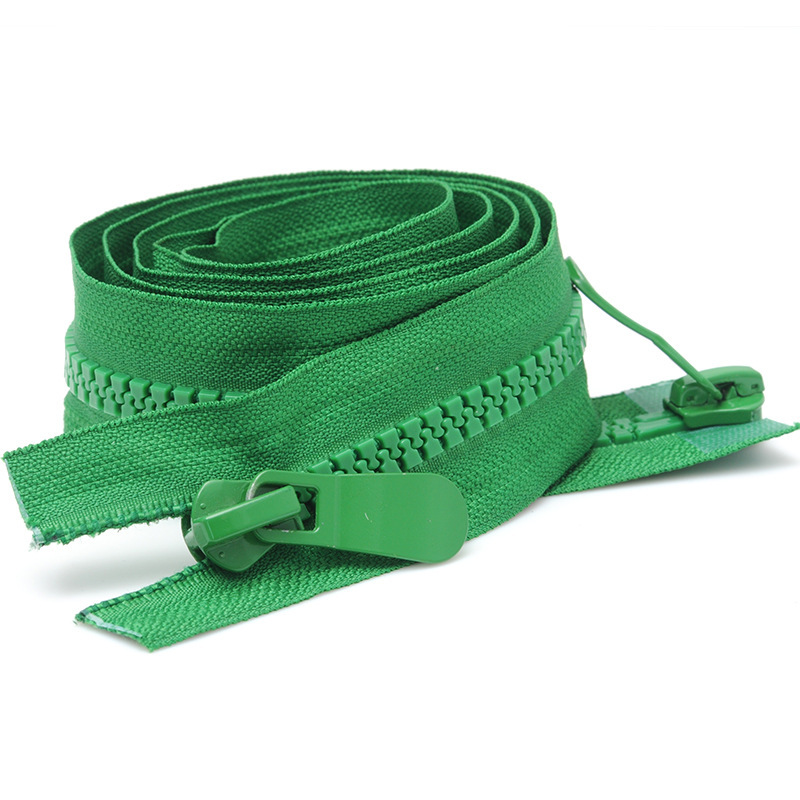The evolution of plastic zippers epitomizes the transformative journey of fastening technology, showcasing continual innovation, functionality, and a commitment to meeting the demands of modern consumers and industries.
Journey Through Materials
From the inception of celluloid zippers to modern polymer-based solutions, plastic zippers have undergone a remarkable material evolution. This transition has yielded advanced polymers that balance durability, flexibility, and affordability.
Customization and Adaptability
Plastic zippers offer immense design flexibility. Their ability to be tailored for specific applications—whether for delicate apparel closures or rugged outdoor gear—reflects their adaptability and versatility in diverse settings.
Enduring Durability
Contrary to misconceptions, plastic zippers exhibit impressive durability. The precision in manufacturing and the use of resilient polymers ensure they withstand rigorous use, providing reliable closures for various products.
Advancements in User Experience
Innovations in plastic zipper technology prioritize user convenience. Smoother gliding mechanisms, noise reduction features, and intuitive designs underscore a commitment to enhancing usability and consumer satisfaction.
Sustainability at the Core
The industry’s concerted effort towards sustainability marks a significant stride. Utilizing recycled materials and exploring biodegradable options align with the global shift towards eco-conscious manufacturing practices.
Conclusion
The evolution of plastic zippers encapsulates a narrative of innovation, adaptability, and sustainability. As they continue to evolve technologically and align with environmental goals, plastic zippers remain indispensable components in modern fastening solutions.

